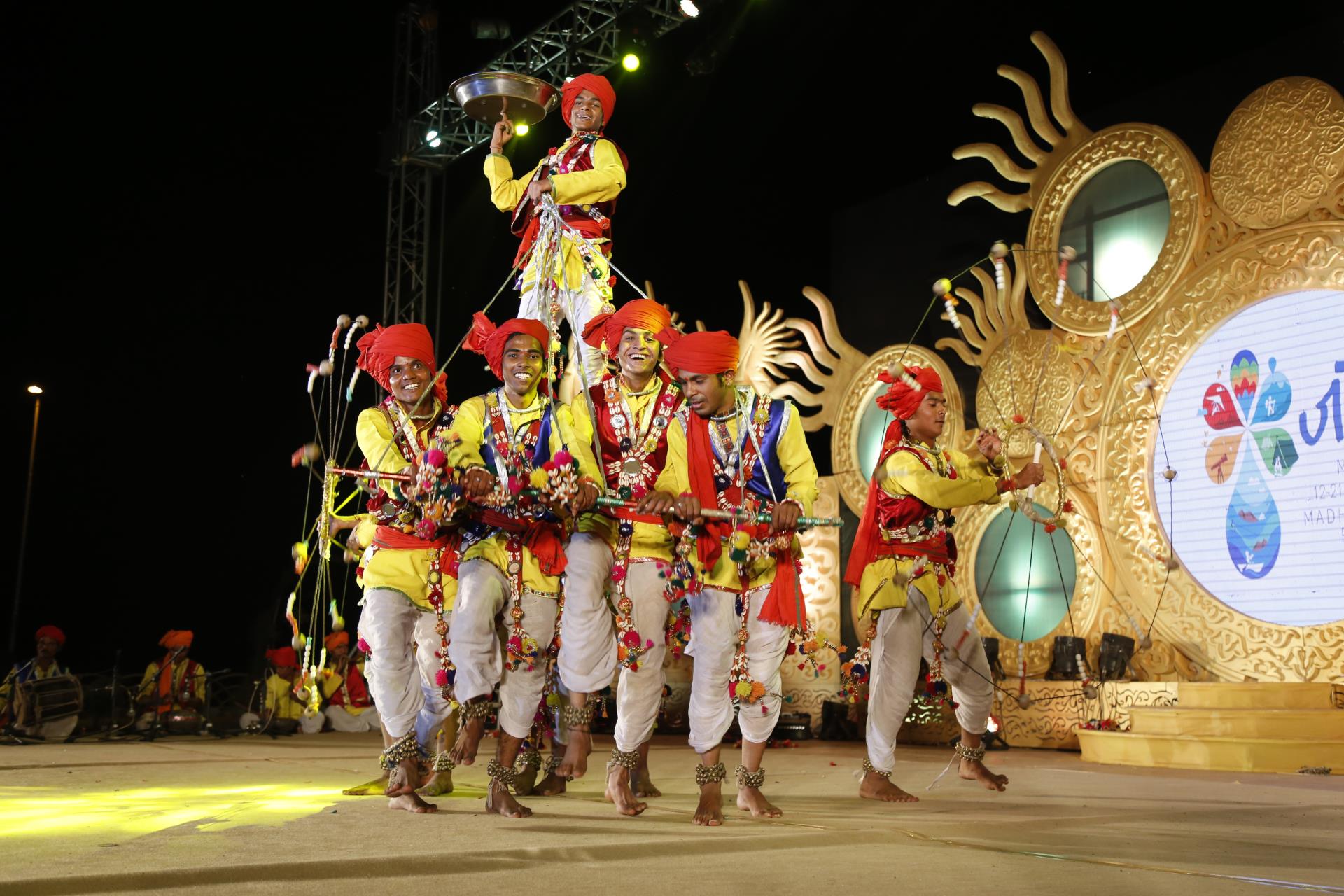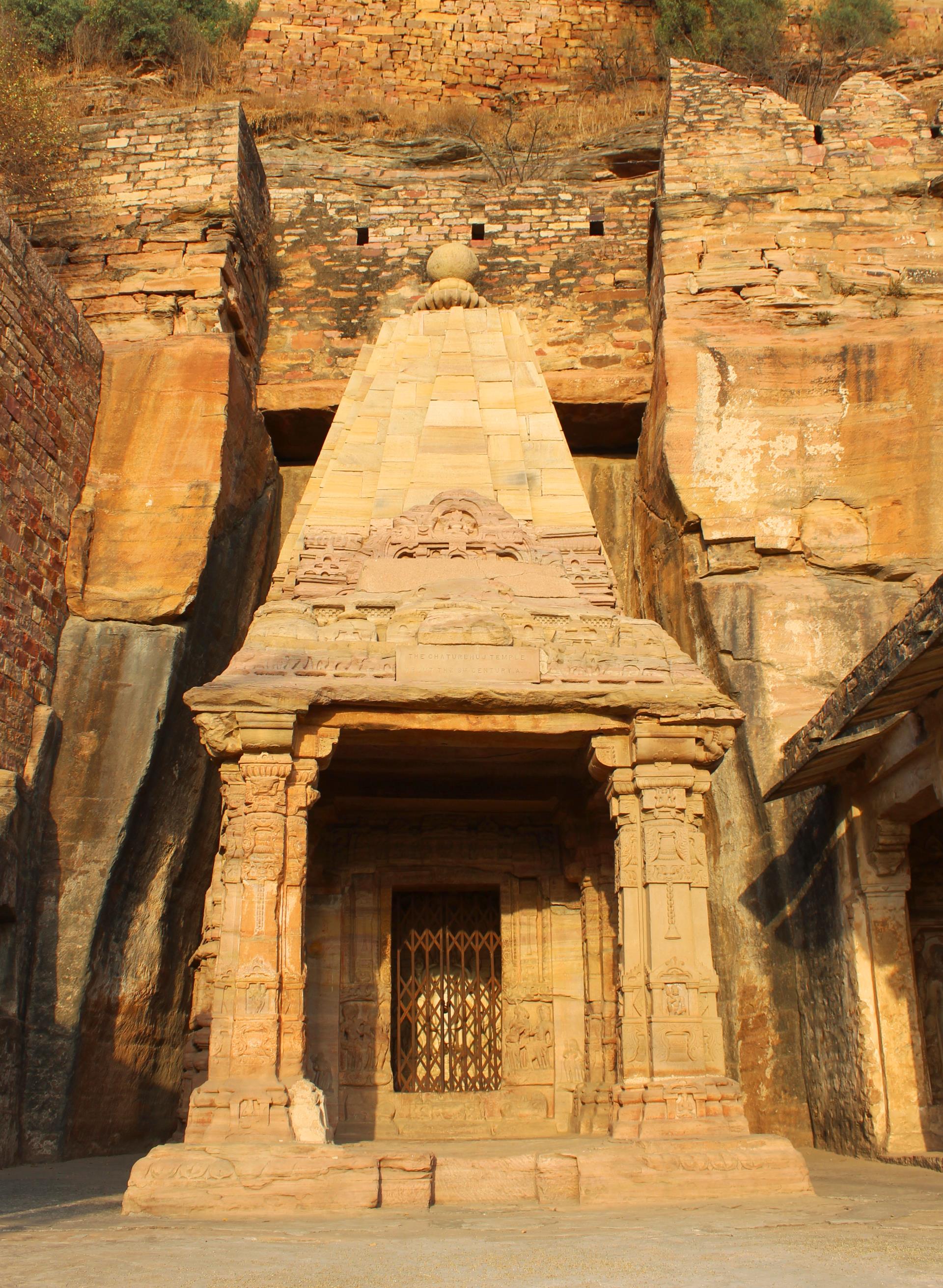
Sorry, we couldn't find anything that matches your search.
Destination

Famous Places to Explore in Hyderabad
A vibrant city with the imposing...

Raipur Tourist Places | Best Place to Visit
The stronghold of several erstwhile...

Ahmedabad
Declared as India's first UNESCO World...
#
The ancient city of Pawaya finds mention in ancient texts and works of Sanskrit literature. It is known for ruins dating between 1st and 8th centuries that have been unearthed in the region. It is said that once the grand city was lined with tall mansions, gorgeous temples with sky-high shikharas (spires) and gates. Lying between Para and the Sindhu rivers, the city flourished as an important site. It also finds mention in Kokkala Grahapati inscription of Khajuraho (1001 AD). The foundation of the city of Pawaya was laid between the Krita and Treta yugas, according to the inscriptions of Khajuraho. It is attributed to a king of Padma dynasty but it seems to be mythical.
After nearby Narwar was conquered by Sikandar Lodhi, the Sultan of Delhi, in 1506, Pawaya was turned into district headquarters with Safdar Khan as its first governor. It is said that he built the present fort in 1512 AD and named it Askandrabad as found in Persian inscription records. The rule extended over a long period as can be determined from a large number of mosques and maqbaras in the region.









